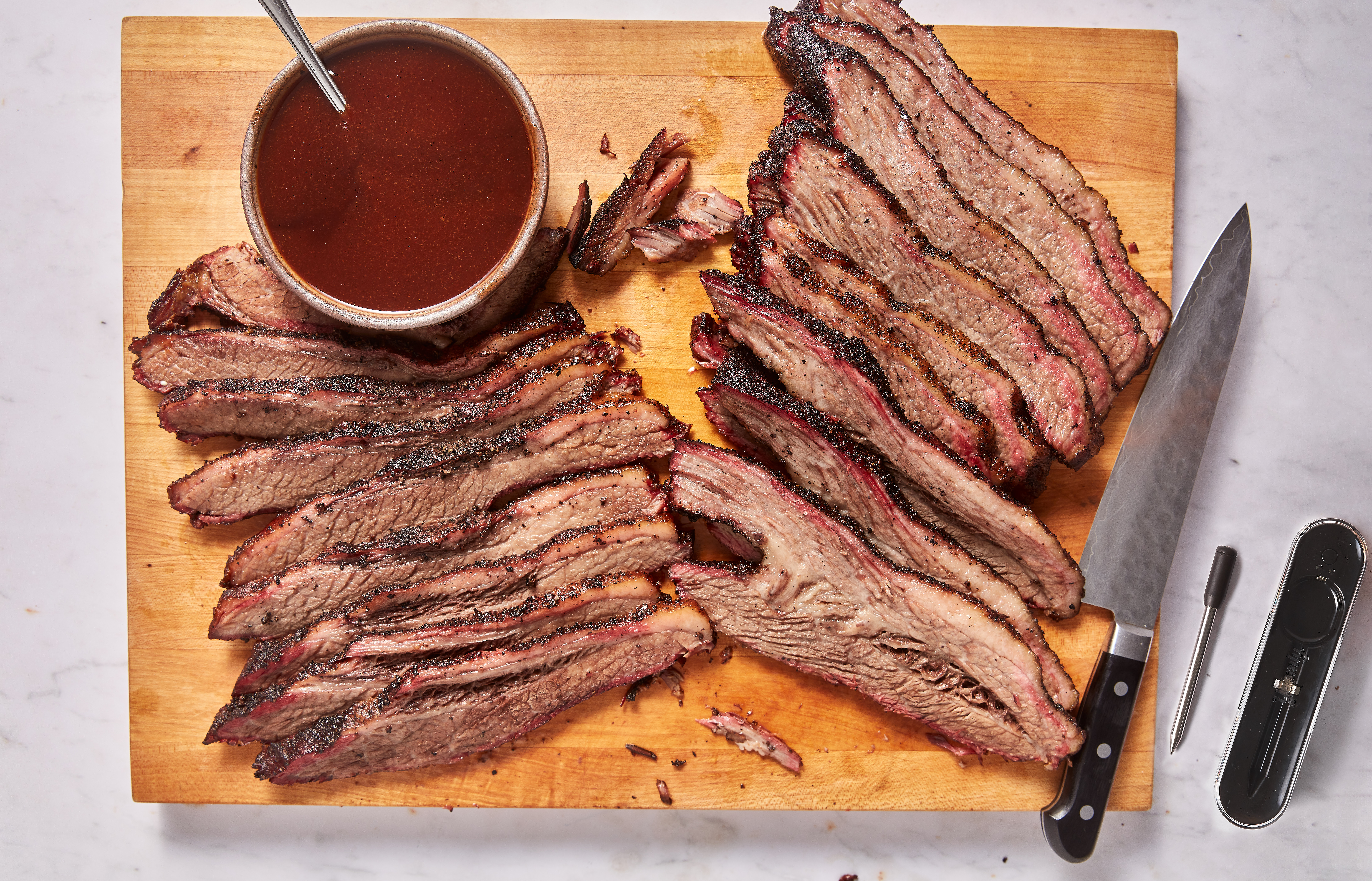Brisket. Just the word itself conjures up images of smoky goodness, tender meat that practically falls apart at the touch, and rich, flavorful juices. But what exactly is brisket, and why has it become a culinary superstar? Let’s delve into the world of this beloved cut of beef.
What is Brisket?
Brisket is a tough cut of beef taken from the lower chest of the animal. It’s characterized by its coarse grain and generous marbling of fat. While its toughness might seem like a drawback, it’s precisely this characteristic that makes it perfect for slow-cooking methods like smoking and braising. These methods allow the connective tissues to break down, resulting in incredibly tender and flavorful meat.
A Brief History of Brisket

Brisket has a rich history, with its origins dating back centuries.
Jewish Traditions: Brisket gained prominence in Jewish cuisine due to religious dietary laws that prohibit the consumption of pork. It became a staple dish for holidays like Passover and Rosh Hashanah.
Why Brisket is a Culinary Superstar
Flavor Explosion: Brisket is renowned for its intense flavor. The marbling of fat renders the meat incredibly juicy and provides a rich, savory base.
Choosing the Right Brisket
Selecting the right brisket is crucial for achieving the best results.
Look for Marbling: Choose a brisket with good marbling. The more intramuscular fat, the more flavor and juiciness you’ll achieve.
Preparing Brisket for Cooking
Proper preparation is key to achieving melt-in-your-mouth brisket.
Trim the Fat: While some fat is essential, trim away any large chunks of excess fat.
Cooking Methods for Brisket
Smoking: This is arguably the most popular method for cooking brisket. Low and slow smoking over wood or charcoal imparts a smoky flavor and renders the meat incredibly tender.
Serving and Enjoying Brisket
Slicing: Slice the brisket thinly against the grain for maximum tenderness.
Tips for Brisket Success
Patience is Key: Cooking brisket takes time. Don’t rush the process.
The Science Behind Brisket’s Tenderness
The tenderness of brisket is a result of a complex process involving the breakdown of collagen.
Collagen: Collagen is a tough protein found in connective tissues.
Brisket Beyond Barbecue
While barbecue is undoubtedly the most famous way to enjoy brisket, this versatile cut of meat can be incorporated into a wide array of dishes.
Brisket Tacos: Shredded brisket makes delicious tacos.
Brisket: A Culinary Journey
From its humble beginnings to its current status as a culinary superstar, brisket has captivated taste buds around the world. Whether you’re a seasoned barbecue enthusiast or a home cook looking for a new challenge, exploring the world of brisket is a rewarding culinary journey.
Conclusion
Brisket, with its rich flavor, versatility, and impressive tenderness, deserves its place as a culinary icon. By understanding the nuances of selecting, preparing, and cooking this magnificent cut of beef, you can unlock its full potential and create truly unforgettable meals.